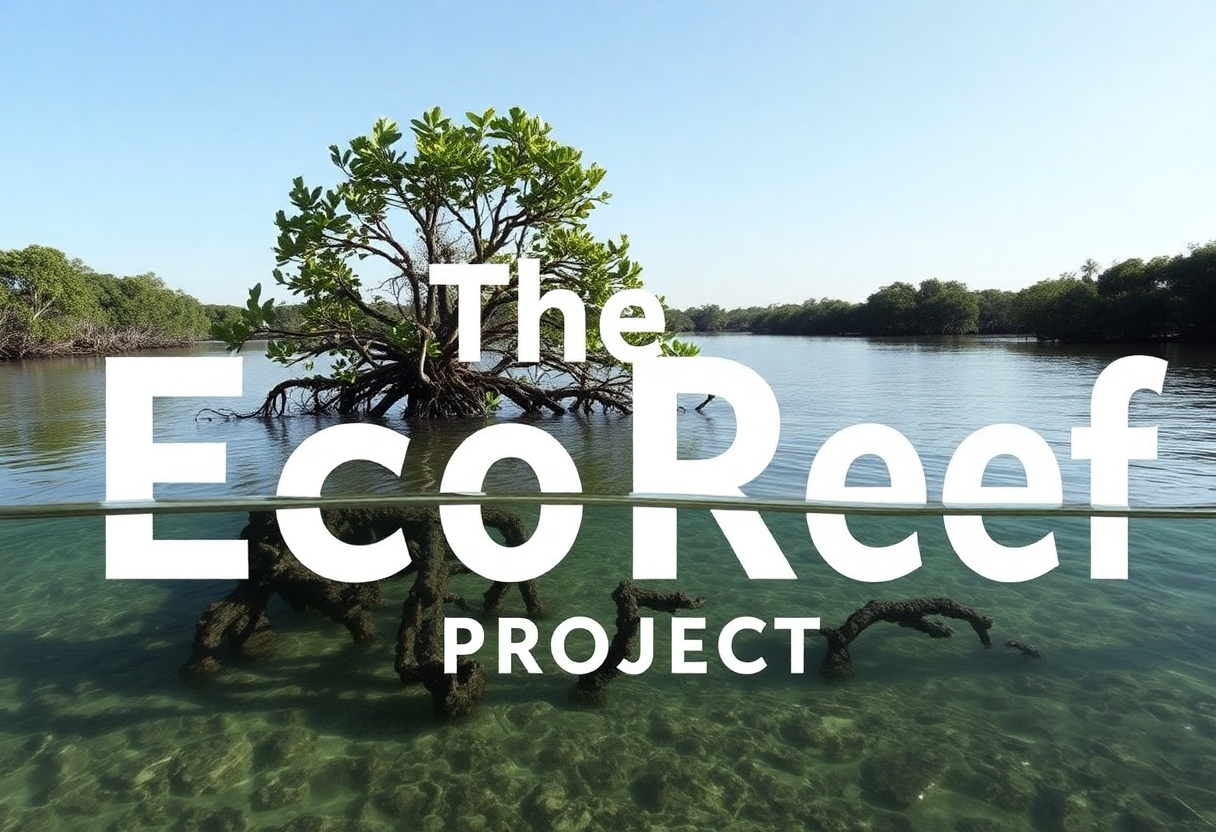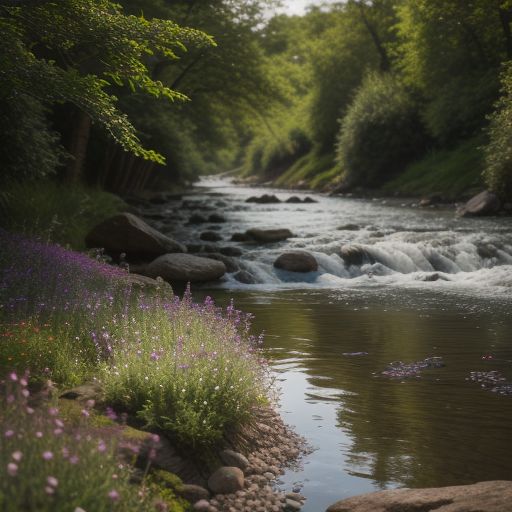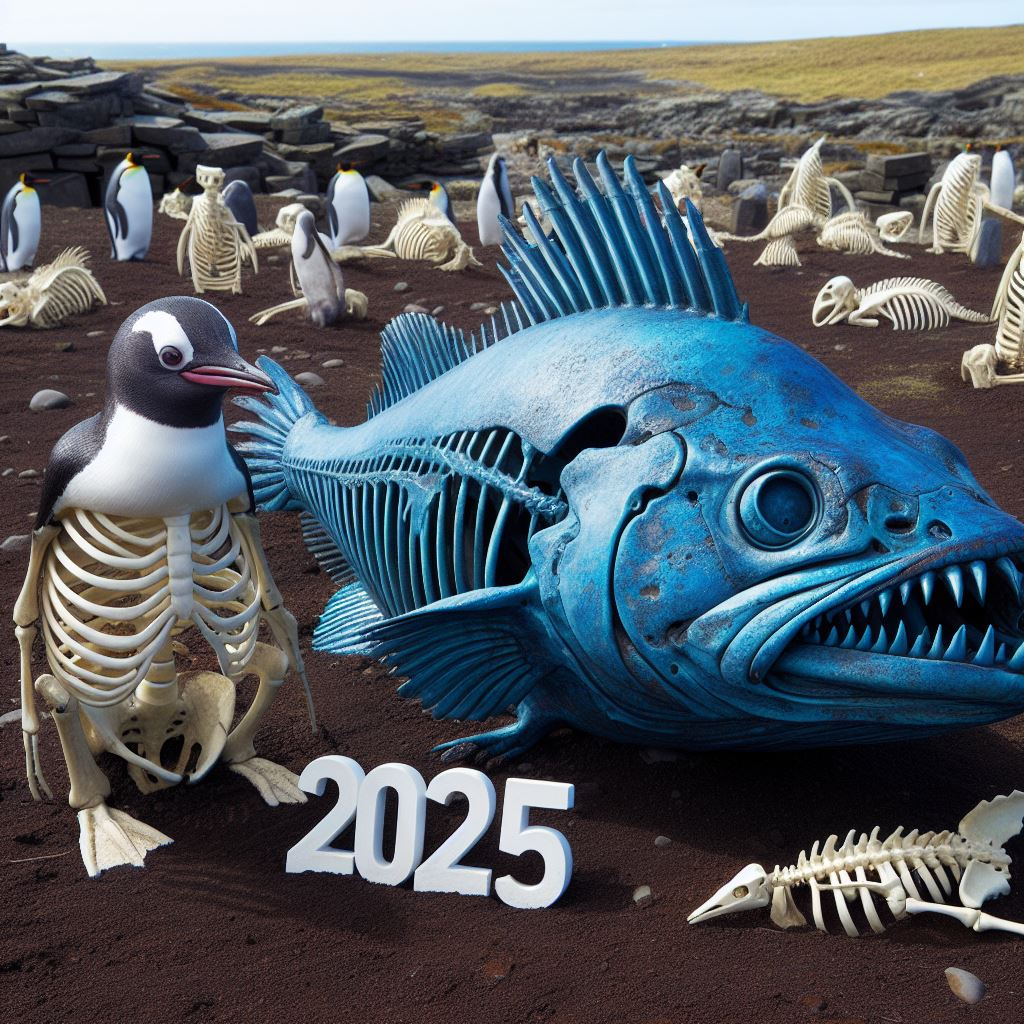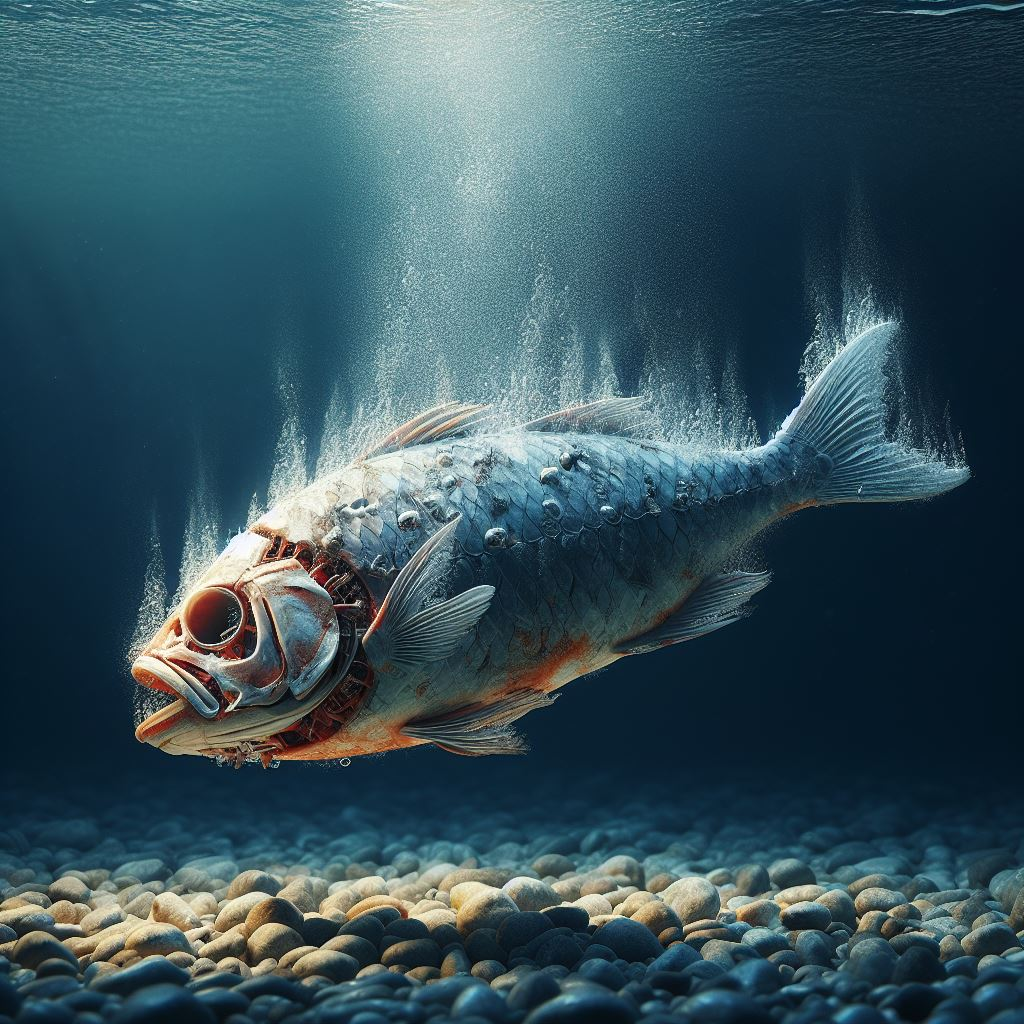
Uniting Science and Prudence: A Pathway to Environmental Preservation
——————————-
Introduction
In an era where the health of our planet is under increasing threat, the need for effective environmental preservation strategies has never been greater. The challenges we face are complex, involving intricate ecosystems and a delicate balance that must be maintained. To navigate these complexities, we must harness the power of both science and common sense. This blog post explores the synergistic relationship between these two domains and their collective impact on environmental preservation. It delves into the roles of individual actions, education, and grassroots efforts, and how they can complement scientific research and government initiatives to protect our waterways and environment.
With the face of environmental challenges, it’s time for science and common sense to join hands. Our waterways and environments are under threat, and it’s up to us to protect them.
The Power Of Science
Science provides us with the tools and knowledge to understand the complexities of our environment. It helps us monitor the health of our waterways, identify sources of pollution, and develop effective strategies for conservation.
The Role Of Common Sense
Common sense, on the other hand, guides us in making everyday decisions that impact the environment. It reminds us to reduce, reuse, and recycle. It encourages us to conserve water, reduce pollution, and respect all forms of life.
Real-World Examples
For instance, the restoration of the Chesapeake Bay in the United States is a great example of science and common sense working together. Scientific research identified excess nutrient runoff as a major problem, and common sense solutions such as improved farming practices and wastewater treatment were implemented.
Is Science Always Right & Common Sense Always Wrong?
It’s important to understand that both science and common sense have their roles and neither is infallible.
Science is a patient, systematic, and logical approach to discovering how things in the universe work and changes. It uses empirical evidence, rigorous testing, and logical reasoning to draw conclusions. However, science is a continuously evolving field. What is considered a scientific fact today may be revised or even overturned as new evidence comes to light. So, while science strives for accuracy, it is not always “right” in an absolute sense.
Common sense, on the other hand, is our innate understanding of basic principles and norms based on our experiences and observations. It helps us make quick, practical decisions in everyday life. However, common sense can sometimes lead us astray, especially in complex situations that require specialized knowledge or when our experiences are not representative.
The Impact Of Grassroots Environmental Efforts
While scientific research and government initiatives play a crucial role in environmental conservation, it’s important to recognize the significant contributions of farmers, environmentalists, and small-scale projects. These grassroots efforts, though not always based on formal scientific research, can sometimes be more effective in certain contexts.
Farmers, with their intimate knowledge of the land and its ecosystems, often implement sustainable practices that benefit the environment. For example, crop rotation, organic farming, and permaculture are all farming techniques that enhance soil health, promote biodiversity, and reduce the need for chemical inputs.
Environmentalists and community-led projects also play a vital role. These individuals and groups are often deeply connected to their local environments and understand the specific challenges and opportunities they present. Their initiatives, which can range from community clean-ups to local conservation efforts, can have a profound impact on the health of local waterways and environments.
Moreover, these grassroots efforts often have the advantage of being highly adaptable and responsive to local conditions, which can sometimes make them more effective than larger, more bureaucratic projects.
The Opposition Side
However, it’s also important to consider the opposition side. Critics argue that grassroots efforts, while well-intentioned, lack the resources, scale, and expertise to tackle environmental issues effectively. They point out that scientific research and government initiatives are necessary to drive large-scale change and implement solutions that are backed by empirical evidence.
Furthermore, they caution that relying too heavily on common sense can lead to oversimplification of complex environmental issues. They stress the importance of science in providing a more accurate and comprehensive understanding of these issues.
While science-based and government-led projects are essential, the work of farmers, environmentalists, and small-scale initiatives should not be underestimated. All these efforts, working in harmony, can lead to a healthier and more sustainable planet.
The Power Of Individual Actions & Education In Environmental Preservation
In the grand scheme of environmental preservation, every individual has a role to play. The cumulative effect of billions of small, environmentally-friendly actions can lead to significant positive changes. This is a concept known as the Theory of Marginal Gains, which suggests that small incremental improvements in any process add up to a significant overall improvement when they are all added together.
For instance, consider the simple act of recycling. On its own, it might seem insignificant. However, if every person on the planet recycled regularly, the cumulative effect would be a drastic reduction in waste and a significant saving of natural resources.
Similarly, reducing our water usage, even by a small amount, can lead to substantial water savings when scaled up to a global level. This is particularly important given that freshwater is a finite resource, with the United Nations predicting that nearly half of the global population could be living in areas of high water stress by 2030.
Now, let’s delve into the geeky side of things. As per the numbers did you know if every person in USA replaced a light bulb with an Energy Star-rated LED bulb, the energy savings would be enough to light more than 2 million homes for a year? That’s the power of collective action!
Education plays a crucial role in this process. By educating ourselves and others about the importance of environmental preservation and the impact of our actions, we can make informed decisions and inspire others to do the same.
Environmental education can take many forms, from formal education in schools to informal learning through community initiatives and online platforms. It’s not just about imparting knowledge, but also about fostering attitudes and behaviors that contribute to the conservation and sustainable use of our environment.
Environmental preservation is a collective responsibility that requires the participation of all individuals. By combining education with action, we can all contribute to the preservation of our environment, no matter how small our actions may seem.
A United Front
When science and common sense come together, they form a powerful alliance for environmental protection. Science provides the data and insights, while common sense translates these into actionable steps that everyone can take.
Call To Action
Let’s take action today for a better tomorrow. Start by reducing your water usage, recycling waste, and educating others about the importance of protecting our environment. Every small step counts!
References
Renowned environmental scientist Jane Goodall once said, “You cannot get through a single day without having an impact on the world around you. What you do makes a difference, and you have to decide what kind of difference you want to make.”
Conclusion
In conclusion, the path to environmental preservation is a shared journey that requires the collective efforts of all individuals, communities, and nations. It calls for a harmonious blend of science and common sense, underpinned by education and driven by individual actions. While science equips us with the knowledge and tools to understand and address environmental challenges, common sense guides us in making everyday decisions that respect and protect our environment. Furthermore, the power of grassroots efforts and the impact of every small action underscore the role each one of us plays in this journey. As we move forward, let us remember that every step taken towards environmental preservation, no matter how small, brings us closer to a healthier and more sustainable world. Let’s unite science and prudence, and together, pave the pathway to environmental preservation.
Our waterways and environments are vital for our survival and well-being. By bridging science and common sense, we can ensure their health and longevity for generations to come.
Join The Conversation
Join the conversation! #ScienceAndCommonSense #Waterways #Environment #Conservation #Sustainability #ReduceReuseRecycle #WaterConservation #PollutionReduction #RespectLife #EnvironmentalProtection #DataAndInsights #ActionableSteps #Survival #WellBeing #Health #Longevity


















